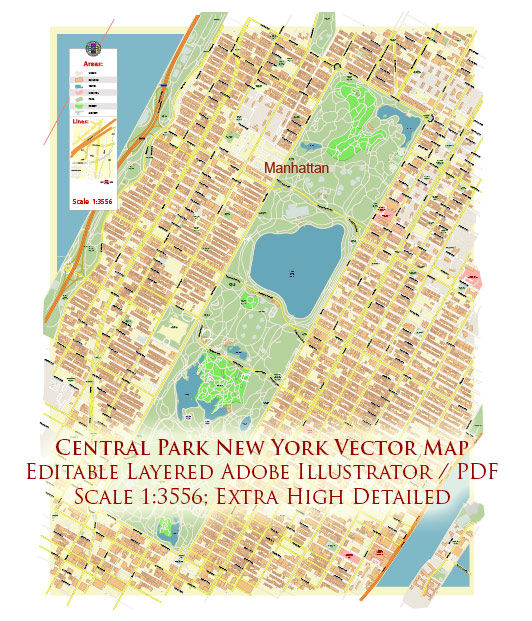Central Park in New York City is a sprawling urban park that covers 843 acres (about 341 hectares) in the heart of Manhattan. While not a dedicated botanical garden, Central Park features a diverse range of plant life, including trees, shrubs, flowers, and grasses. Here is a brief botanical description of Central Park:
- Trees: Central Park boasts a wide variety of tree species, making it one of the most important green spaces in the city. You can find numerous mature trees, including oak, maple, elm, beech, pine, and cedar. The park also features iconic American elms that line many of the pathways.
- Shrubs and Bushes: Throughout the park, you’ll find various shrubs and bushes, including rhododendrons, azaleas, and holly. These provide seasonal color and contribute to the park’s aesthetic appeal.
- Flowers and Perennials: Central Park’s formal gardens, such as the Conservatory Garden, offer a beautiful display of flowers and perennials. You can see a range of blooms, including roses, tulips, daffodils, and other seasonal varieties.
- Grasses: The park’s meadows and lawns are covered with different types of grasses, contributing to the lush green landscape. These areas provide spaces for picnicking, sports, and relaxation.
- Wetlands and Water Features: The park also features several bodies of water, such as the Central Park Lake and the Jacqueline Kennedy Onassis Reservoir. These areas support aquatic vegetation and are home to various waterfowl.
- Woodlands: The park’s woodlands contain a mix of native and non-native tree species, creating a diverse canopy of foliage. This provides habitat for various wildlife, including birds and squirrels.
- Hardscape and Structures: Central Park is not just about natural elements; it also includes various architectural features and structures like bridges, pathways, and statues that enhance the park’s overall beauty.
- Conservatories and Gardens: The Central Park Conservatory Garden is one of the park’s horticultural highlights. It includes a formal Italian garden, an English garden, and a French garden, each showcasing different plantings and designs.
It’s important to note that Central Park’s botanical diversity is not as specialized as dedicated botanical gardens, but it is a beautiful and dynamic urban park with a rich variety of plant life, providing New Yorkers and visitors with a serene oasis within the bustling city. The park’s natural and cultivated elements blend harmoniously to create an inviting green space for leisure, recreation, and appreciation of nature.


 Author: Kirill Shrayber, Ph.D.
Author: Kirill Shrayber, Ph.D.